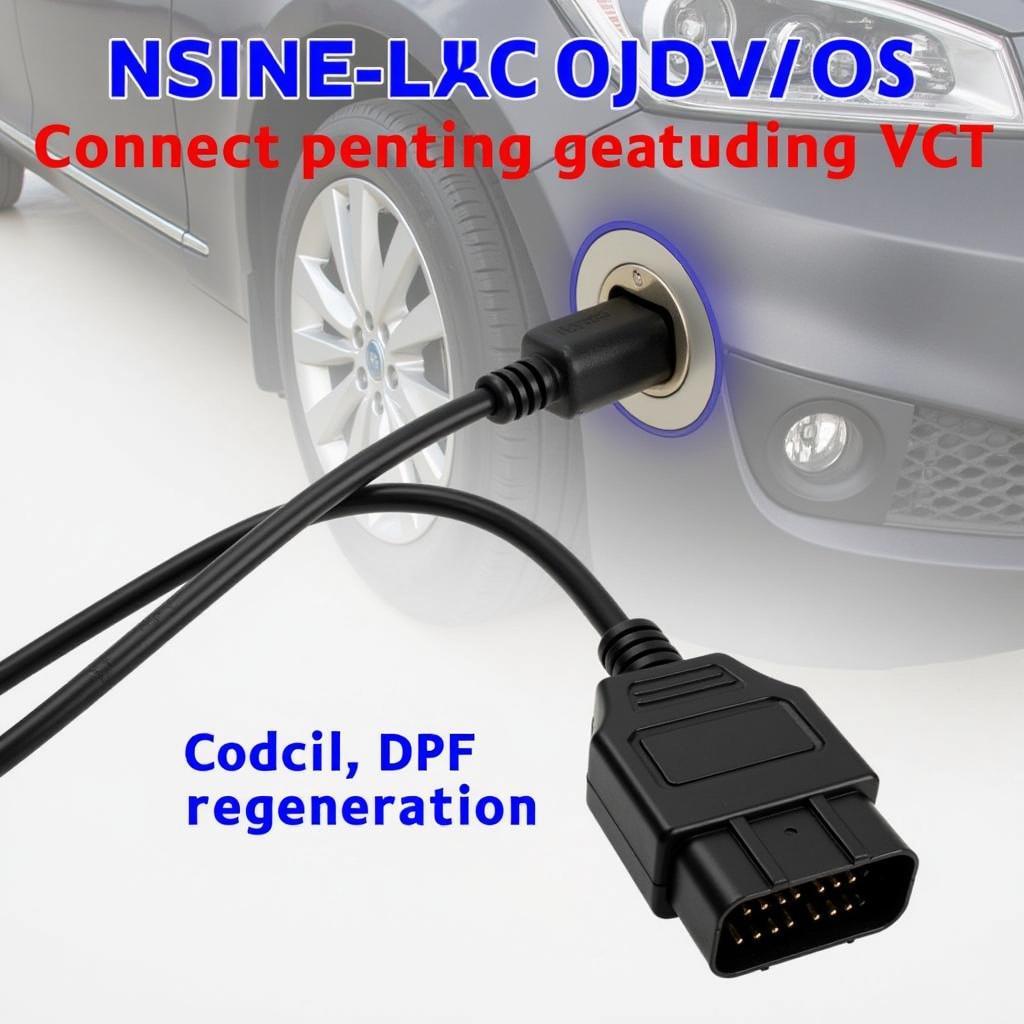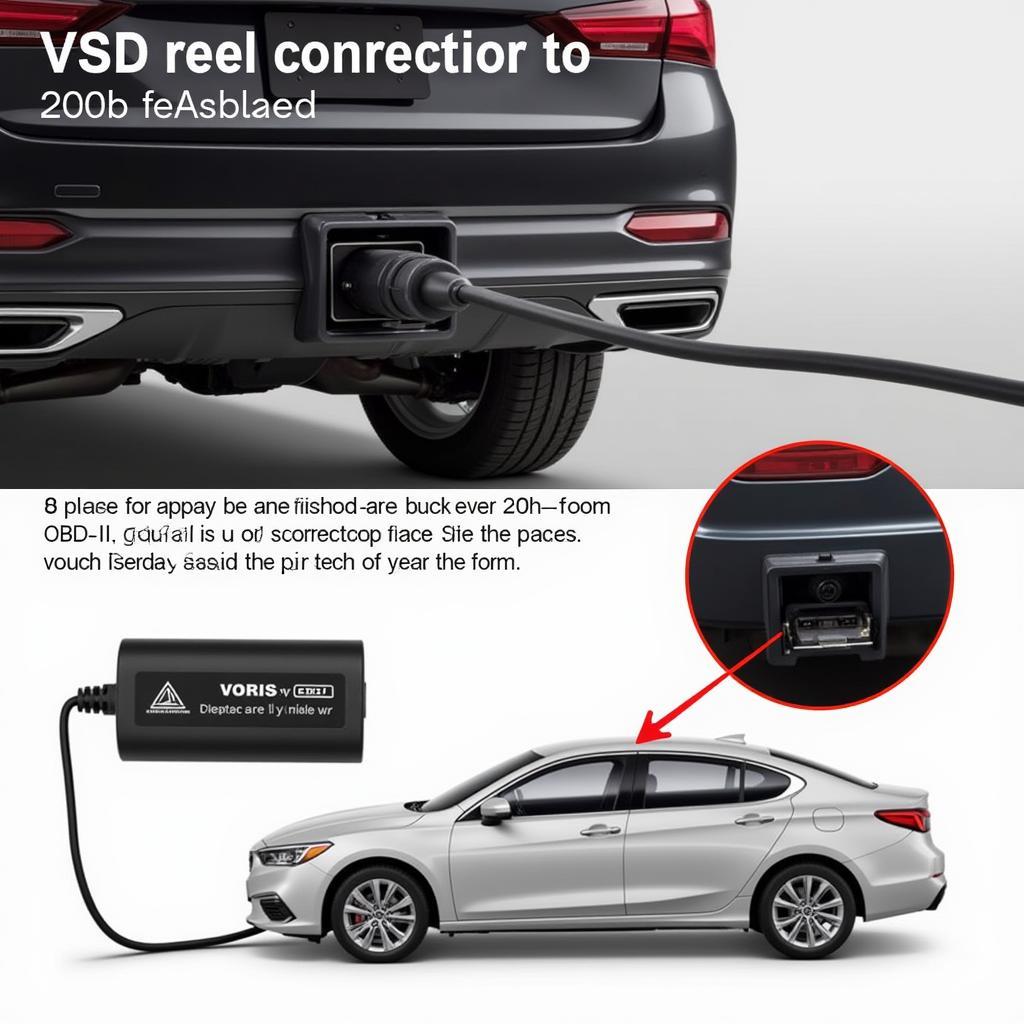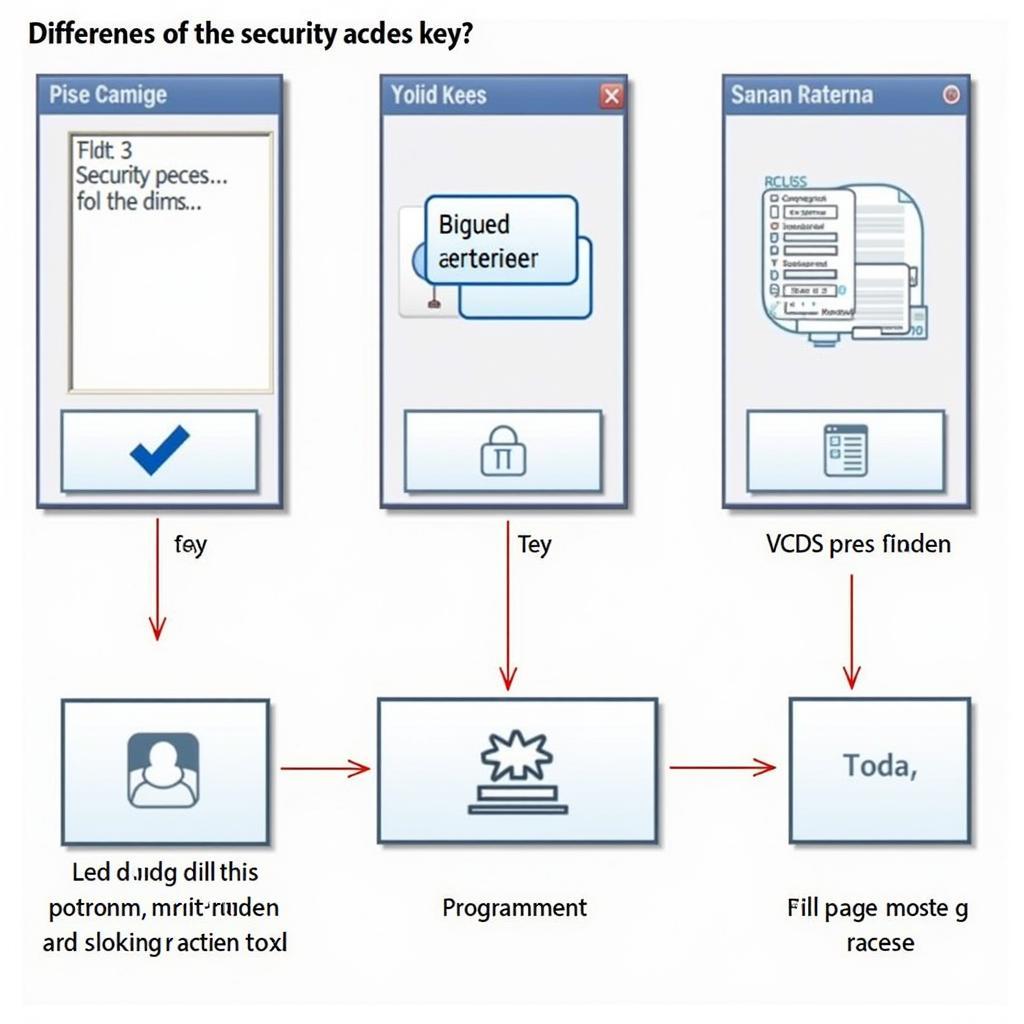VCDS service regeneration of particulate filter is a crucial process for maintaining the health and performance of your diesel engine. This guide will delve into the intricacies of DPF regeneration using VCDS, providing valuable insights for car owners, mechanics, and automotive technicians.
Understanding the DPF and Its Regeneration Process
A Diesel Particulate Filter (DPF) is designed to trap soot and other harmful particles from the exhaust gases of diesel engines. Over time, the DPF accumulates soot, requiring a regeneration process to burn off these particles and prevent clogging. There are two types of regeneration: passive and active. Passive regeneration occurs automatically during highway driving when exhaust temperatures are high enough to burn off the soot. Active regeneration, on the other hand, is initiated by the engine control unit (ECU) when the soot load reaches a certain threshold. This process injects fuel into the exhaust system to increase the temperature and burn off the accumulated soot.
How VCDS Facilitates DPF Regeneration
VCDS (Vag-Com Diagnostic System) is a powerful diagnostic tool that allows you to interface with your car’s ECU. It provides access to various control modules, including the one responsible for DPF regeneration. With VCDS, you can monitor the DPF’s soot load, initiate a forced regeneration, and check for any faults related to the DPF system. This access empowers you to maintain the DPF effectively and avoid costly repairs. Similar to vcds dpf regeneration aborted safety reasons, understanding the reasons behind regeneration failures is crucial.
Performing a VCDS Service Regeneration
Before initiating a forced regeneration with VCDS, ensuring specific conditions are met is vital. The vehicle should have sufficient fuel, oil, and coolant levels. Additionally, the battery should be fully charged to prevent interruptions during the process. The process itself involves accessing the engine control module through VCDS and selecting the DPF regeneration function. This action prompts the ECU to initiate active regeneration, increasing exhaust temperatures and burning off the soot. The process typically takes around 20-30 minutes and should be performed in a well-ventilated area. This procedure can be particularly helpful for vehicles that primarily operate in city driving conditions, where passive regeneration is less frequent. You might find similarities between this process and the information provided on vw tdi vcds.
Why Choose VCDS for DPF Regeneration?
VCDS offers several advantages for DPF regeneration. It provides accurate data on the DPF’s condition, allowing for precise monitoring and informed decisions. It also allows for forced regeneration, which can be crucial in preventing DPF clogging. Moreover, VCDS can help identify and troubleshoot any underlying issues affecting the DPF’s performance. This proactive approach can significantly extend the lifespan of the DPF and maintain the engine’s efficiency. For owners of specific models like the 3.0 TDI, 3.0 tdi dpf regeneration vcds offers targeted guidance.
 VCDS Cable Connected to OBD Port
VCDS Cable Connected to OBD Port
Common Problems and Troubleshooting
While VCDS is a powerful tool, certain issues may arise during the DPF regeneration process. One common problem is a regeneration being aborted due to safety reasons. This issue can occur due to various factors, such as low fuel levels, faulty sensors, or issues with the exhaust system. VCDS can help pinpoint the cause of the aborted regeneration, allowing for targeted repairs. Understanding how to force a regeneration can be essential; refer to vcds force dpf regeneration for more information.
What if Regeneration Fails?
In some cases, the DPF may become excessively clogged, requiring a reset. VCDS allows you to perform a DPF reset, which clears the accumulated data and allows the DPF to function correctly again. However, a DPF reset should only be performed after addressing the underlying issues that caused the clogging. Learn more about this process at vcds dpf reset.
Conclusion
VCDS service regeneration of particulate filter is an essential maintenance procedure for diesel vehicles. Understanding how to use VCDS for DPF regeneration empowers car owners and technicians to maintain the DPF effectively, prevent costly repairs, and ensure optimal engine performance. Using VCDS provides accurate diagnostics and control over the regeneration process, contributing to the longevity and efficiency of your diesel engine.
Need assistance? Contact us via Whatsapp: +1 (641) 206-8880, Email: [email protected] or visit us at 276 Reock St, City of Orange, NJ 07050, United States. We offer 24/7 customer support.



